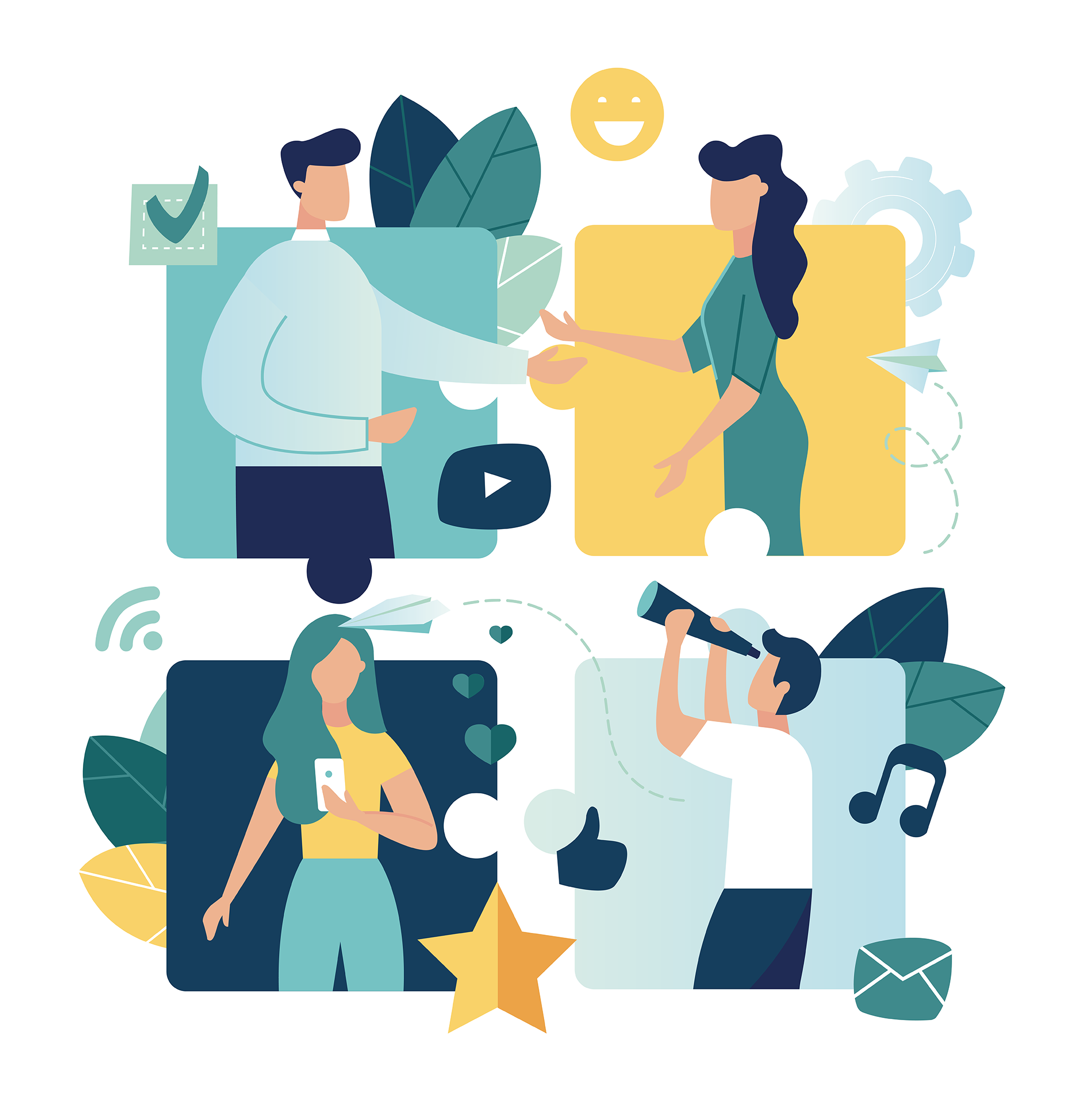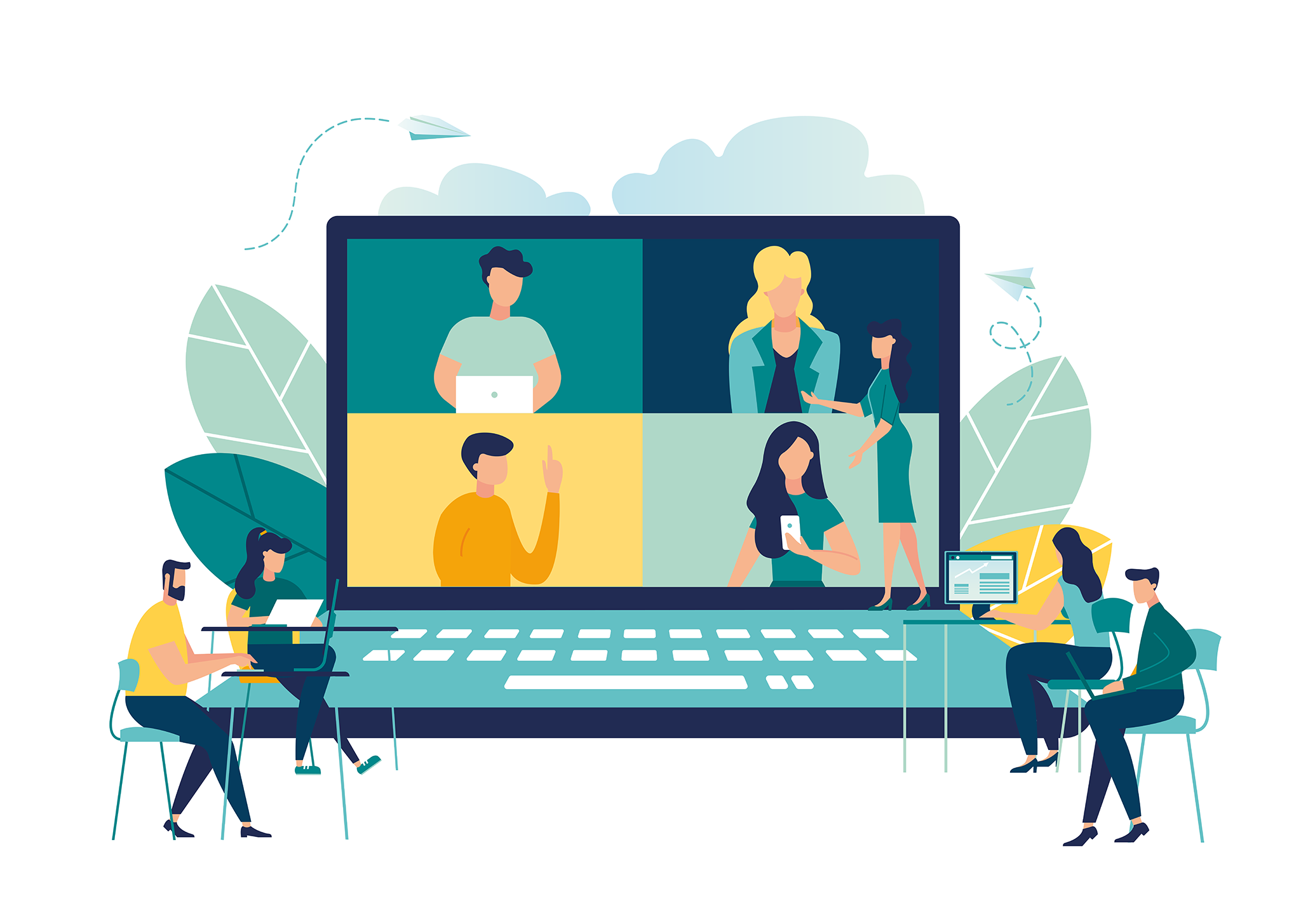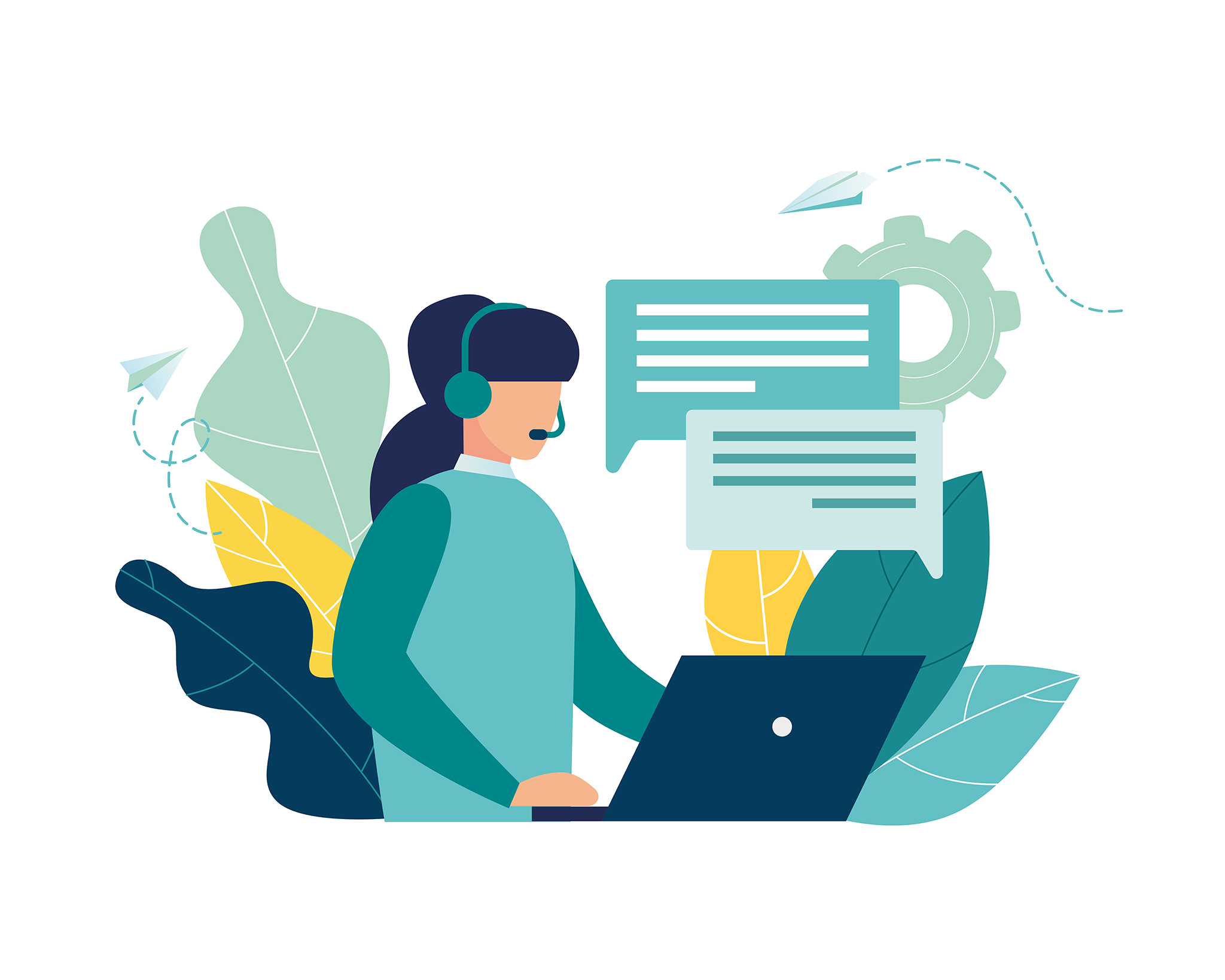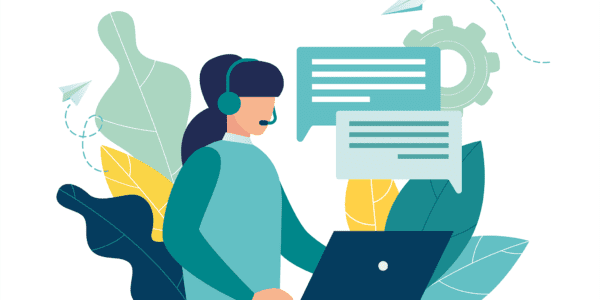Interpreting
The CCSIs provide interpreting services in several modes of communication, depending on the needs of students who are deaf or hard of hearing (SDHH). A person may choose more than one mode of communication during their college education if they wish.
Recurring or Ad Hoc Needs
In addition to interpreting all classroom situations (workshops, videos, speakers, etc.), interpreting services can be requested for out-of-class meetings, such as teamwork, individual meetings with teachers or administrators, etc.
In order to receive interpreting services, you must contact your educational institution’s Adapted Services office and make a request. Adapted Services will then contact the CCSI east or the CCSI west, depending on the region of the educational institution attended.

Communication Modes
Quebec Sign Language (LSQ)
Quebec Sign Language (LSQ) is the language most commonly used by French-speaking deaf people in Quebec. LSQ is a language in its own right, independent of French, with its own grammar and syntax. Deaf people from the English-speaking community communicate in American Sign Language (ASL).
The interpreter can be in the classroom or work remotely.

Pidgin
Pidgin is a composite language system that retains the sentence structure of French and the meaning of words by superimposing the signs of Quebec Sign Language (LSQ). However, pidgin can tend toward a syntactic structure closer to that of LSQ for more abstract and visual concepts.
The interpreter can be in the classroom or work remotely.

Oral Mode or Oral Transliteration
In interpreting circles, the term “oral transliteration” is used, because although the mode of communication changes in relation to the source language (the interpreter’s voice is not involved in the interpretation), only the French language is used. Interpreters who work in oral transliteration reproduce the message of the hearing person by inaudibly recommunicating the spoken message more clearly so that the deaf person can read their lips. Various strategies are used to help SDHH understand the message. Several variations are possible: without gestures, with natural gestures, with signed support.
The interpreter can be in the classroom or work remotely.

Interpreter
The interpreter is a resource person for both the SDHH and the hearing people in the classroom. Their role is to ensure good communication between the SDHH who require their services and the teacher, and also with any other resource person in the educational institution. The interpreter also ensures that everyone understands each other. Their functions are carried out according to the ethical principles of neutrality, confidentiality, and faithfulness. Therefore, the interpreter faithfully transmits the message, without altering the meaning, and without giving opinions or advice.
The interpreter also does not intervene in the pedagogical field, i.e., they do not help with the work or give explanations of the material taught. Finally, the information to which the interpreter has access during their work remains confidential.




